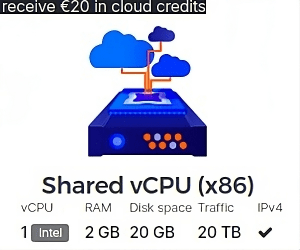PGP Encryption Tools: A Comprehensive Guide to Secure Communication
Understanding PGP Encryption Tools: A Comprehensive Guide to Secure Communication
In a world where digital privacy is of paramount importance, PGP (Pretty Good Privacy) encryption stands out as one of the most robust and reliable methods for securing communication. PGP encryption tools are widely used to ensure the confidentiality, integrity, and authenticity of digital communications. This article provides a comprehensive overview of PGP encryption, detailing what it is, how to use it, how to generate keys, and how to encrypt and decrypt messages. Additionally, it explores the security and privacy advantages of using PGP encryption.
What is PGP Encryption?
PGP (Pretty Good Privacy) is an encryption program that provides cryptographic privacy and authentication for data communication. Created by Phil Zimmermann in 1991, PGP uses a combination of symmetric-key cryptography and public-key cryptography to secure emails, files, and other forms of data. PGP is widely regarded for its robust security features, making it a popular choice among privacy-conscious individuals and organizations.


Key Components of PGP
- Public and Private Keys: PGP uses a pair of keys – a public key and a private key. The public key is shared with others to encrypt messages intended for you, while the private key is kept secret and used to decrypt messages you receive.
- Symmetric Encryption: PGP uses symmetric encryption for actual message encryption, where a single session key encrypts and decrypts the message. This session key is then encrypted with the recipient’s public key.
- Digital Signatures: PGP also allows users to sign their messages digitally, providing authentication and ensuring the message’s integrity.
How to Use PGP Encryption Tools
Using PGP encryption involves several steps, including generating keys, encrypting messages, and decrypting messages. Here’s a step-by-step guide to get you started with PGP encryption.
Generating PGP Keys
The first step in using PGP encryption is generating a pair of keys: a public key and a private key.
Using online PGP Tools like on our website
Check out our free, secure and opensource online PGP Tools.
Using GnuPG (GPG) on Windows, macOS, and Linux
GnuPG (GPG) is a free implementation of the OpenPGP standard. It is widely used and available for Windows, macOS, and Linux.
There are also online open source PGP tools like ones on our website.
Key Generation
PGP uses two types of keys: a public key and a private key. Here’s where you can generate these keys.
Understanding Key Pairs: Public and Private Keys
PGP relies on a pair of keys: the public key and the private key. Understanding their roles is crucial for secure communication.
- Public Key: This key is shared with anyone who wants to send you an encrypted message. It is used to encrypt the message.
- Private Key: This key is kept secret and used to decrypt messages that are encrypted with your public key.
Keys Needed for Encryption and Decryption
- To Encrypt a Message: You need the recipient’s public key. This ensures that only the recipient can decrypt the message using their private key.
- To Decrypt a Message: You need your private key and the corresponding passphrase. This allows you to decrypt messages encrypted with your public key.
Ensuring Key Security
Securing your private key is essential. Here are some tips:
- Use a Strong Passphrase: Choose a complex passphrase to protect your private key.
- Keep the Private Key Secure: Store your private key in a secure location, and do not share it.
- Backup Your Keys: Keep a backup of your keys in a secure place to avoid losing access to your encrypted messages.
Conclusion
PGP encryption is a powerful tool for securing digital communication. By understanding how to generate keys and how encryption and decryption work, you can protect your sensitive information. Remember, always keep your private key secure and share your public key with anyone who needs to send you encrypted messages. With PGP, you can ensure that your communications remain confidential and secure from unauthorized access.











0 thoughts on “PGP Encryption Tools: A Comprehensive Guide to Secure Communication”